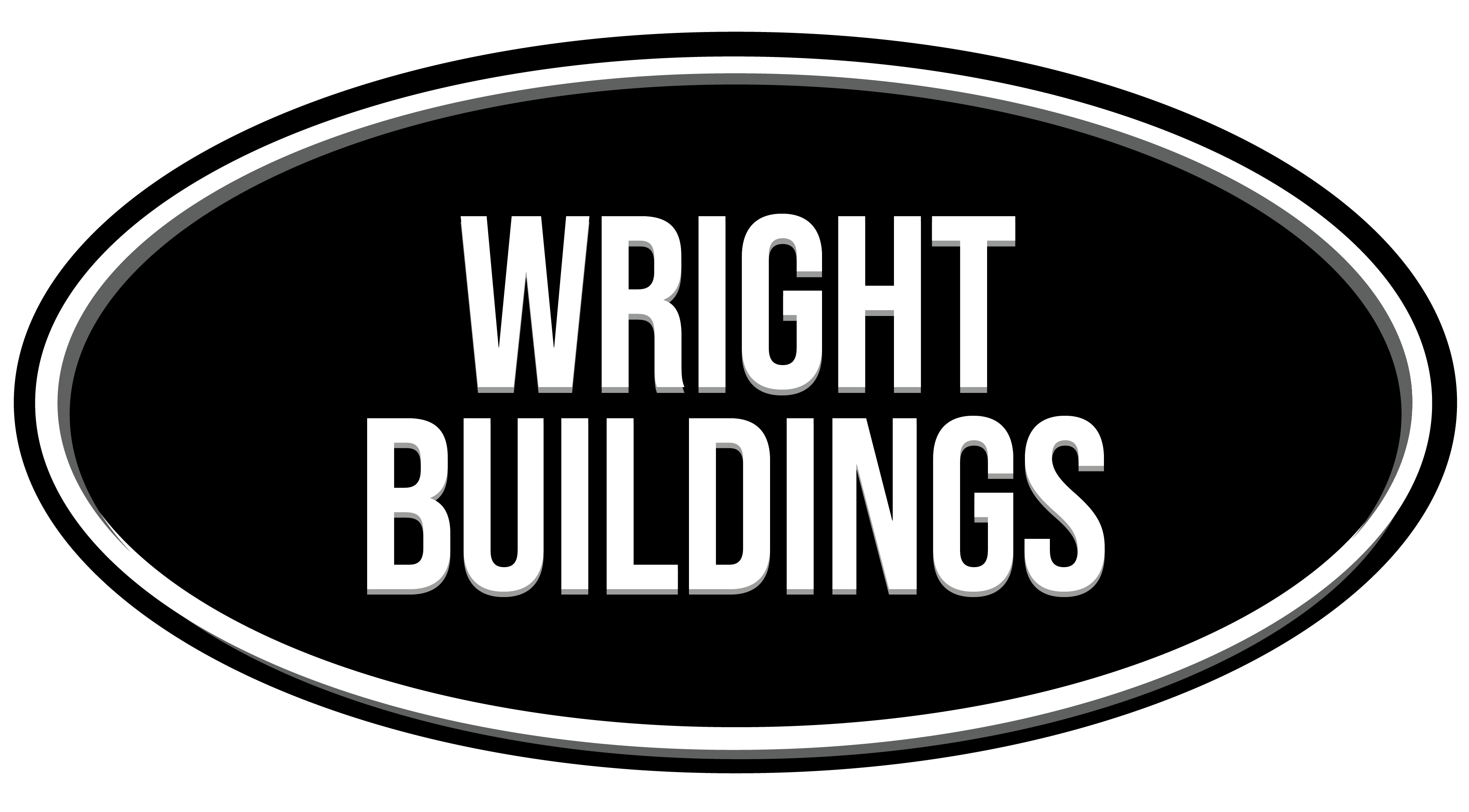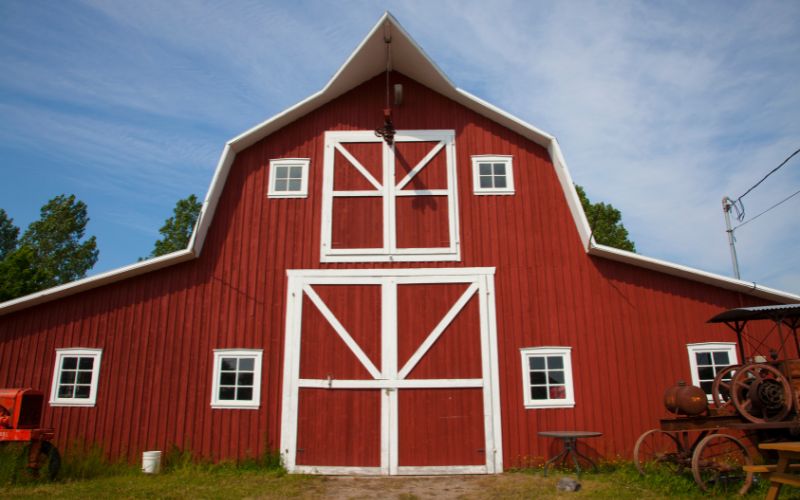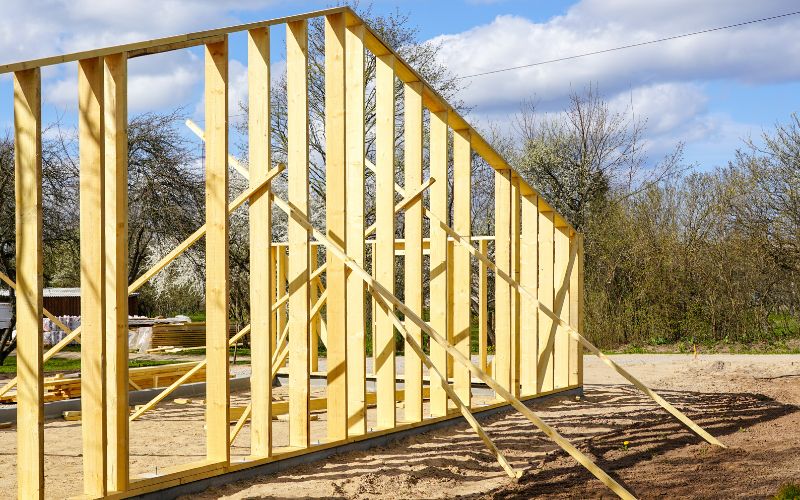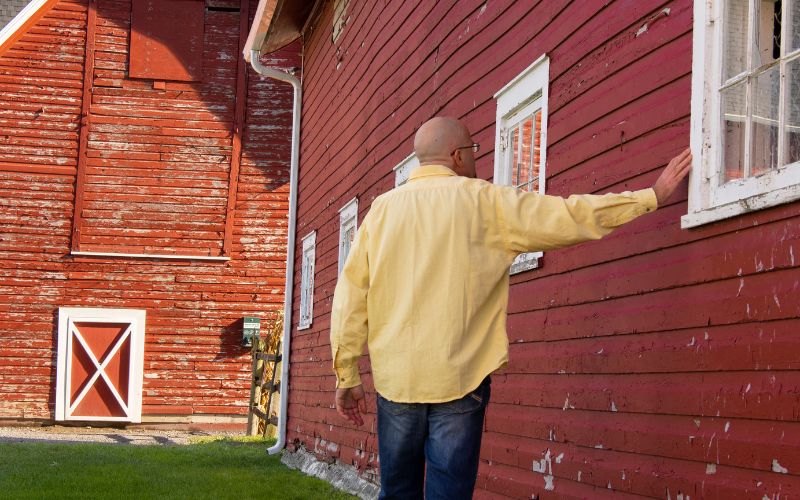In durable and resilient structures, pole barns are versatile, cost-effective options for various purposes.
If you’ve invested in one or are considering it, you’re likely aware of the pivotal role pole barn posts play in the stability and longevity of your structure.
This guide, brought to you by Wright Buildings, will take you through essential steps to ensure your pole barn posts stand the test of time, remaining robust and rot-free.
A Crucial Step in Rot Prevention
When reserving your pole barn posts, the first line of defense is selecting the suitable materials. The market offers a variety of options, each with its unique characteristics.
For those searching for pole barns for sale, this decision can significantly impact the lifespan of your investment.
Explore the optimal materials for pole barn posts:
- Pressure-Treated Wood: Treated lumber is popular, infused with preservatives to resist decay and insects.
- Cedar: Known for its natural resistance to decay, cedar is a durable and aesthetically pleasing option.
- Metal Posts: Galvanized or coated metal posts provide excellent resistance to corrosion and rot.
Wood treatments, protective coatings, and alternative materials:
- Wood Treatments: Consider post-treatment options like borate solutions or copper-based preservatives to enhance wood resistance.
- Protective Coatings: Applying sealants and water repellents adds a layer of defense against moisture.
- Alternative Materials: Explore innovative materials like composite or fiberglass posts for a modern twist on traditional options.
Proper Installation Techniques
The next crucial step is proper installation once you’ve selected the suitable materials. A sturdy foundation is the backbone of any structure, and pole barn posts are no exception.
Critical steps in the correct installation:
- Site Preparation: Adequate drainage prevents water accumulation around the posts. Ensure proper grading and consider the installation of drainage systems.
- Post Spacing: Follow manufacturer recommendations for post spacing to distribute loads evenly and prevent structural strain.
- Anchoring Methods: Secure posts with the appropriate anchoring methods, such as concrete footings or anchor brackets, to resist uplift and lateral movement.
Routine Maintenance and Inspection
Preserving pole barn posts continues after installation. Routine maintenance and inspections are vital to identify potential issues early on and take corrective measures.
Develop a maintenance schedule:
- Cleaning: Regularly remove dirt and debris from most surfaces to prevent moisture retention.
- Re-sealing: Periodically reapply protective coatings to maintain resistance against the elements.
Effective inspection techniques and preventive measures:
- Rot Inspection: Regularly inspect posts for any signs of decay, including discoloration, soft spots, or fungal growth.
- Gutter Installation: Redirect rainwater away from the structure with gutters to minimize water exposure.
Conclusion
In conclusion, the longevity of your pole barn posts relies on thoughtful material selection, proper installation techniques, and routine maintenance.
By following these guidelines, you can ensure your investment remains robust and rot-resistant for years.
If you’re in the market for high-quality pole barns, consider Wright Buildings for structures designed to withstand the test of time.




Recent Comments